Turtles rank among the most fascinating reptiles to keep as pets, with their distinctive shells, varied behaviors, and impressive longevity. However, not all turtles are created equal when it comes to care requirements. The most fundamental distinction lies between aquatic turtles, which spend most of their lives in water, and terrestrial turtles (often called tortoises), which primarily dwell on land.
This distinction dramatically impacts everything from habitat setup to dietary needs. Whether you’re a first-time turtle owner or looking to expand your reptile family, understanding these differences is crucial for providing proper care. This comprehensive guide explores the key differences between aquatic and terrestrial turtle care, helping you create the optimal environment for your shelled companion.
Understanding the Fundamental Differences
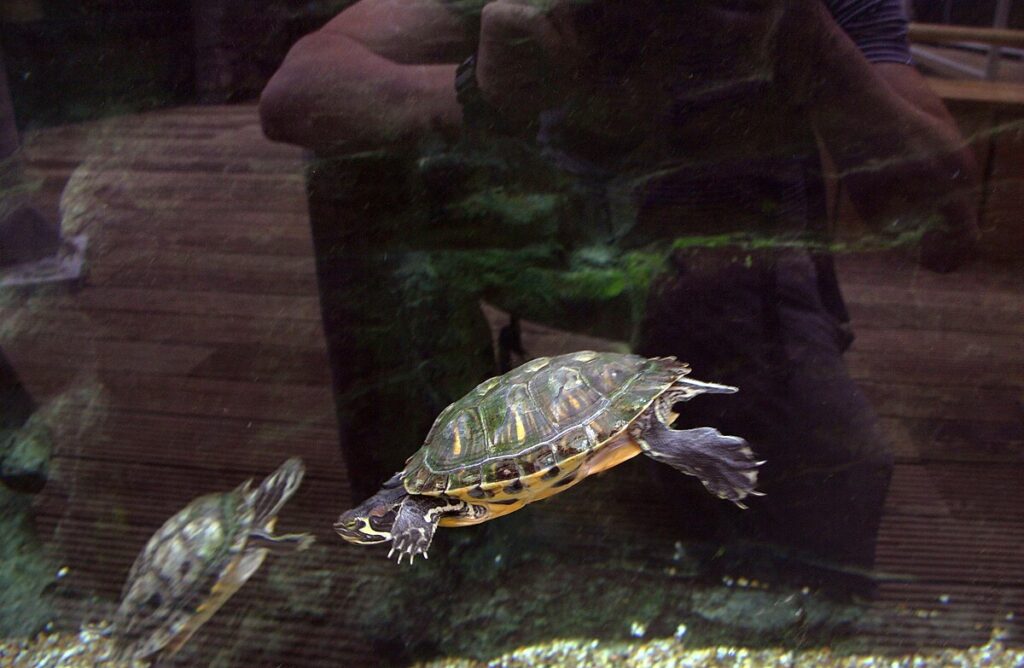
Aquatic turtles have streamlined, often flatter shells and webbed feet that make them excellent swimmers, enabling them to glide efficiently through water. Species like Red-eared Sliders, Painted Turtles, and Map Turtles fall into this category, requiring habitats that are predominantly water-based with limited land areas for basking. Terrestrial turtles, by contrast, feature more domed shells and elephant-like, column-shaped legs designed for walking on land.
This group includes species such as the Russian Tortoise, Greek Tortoise, and Sulcata Tortoise, which need primarily dry, land-based enclosures with minimal or no swimming areas. The physical adaptations of each type directly inform their care requirements, from habitat design to temperature regulation and beyond.
Habitat Size Requirements
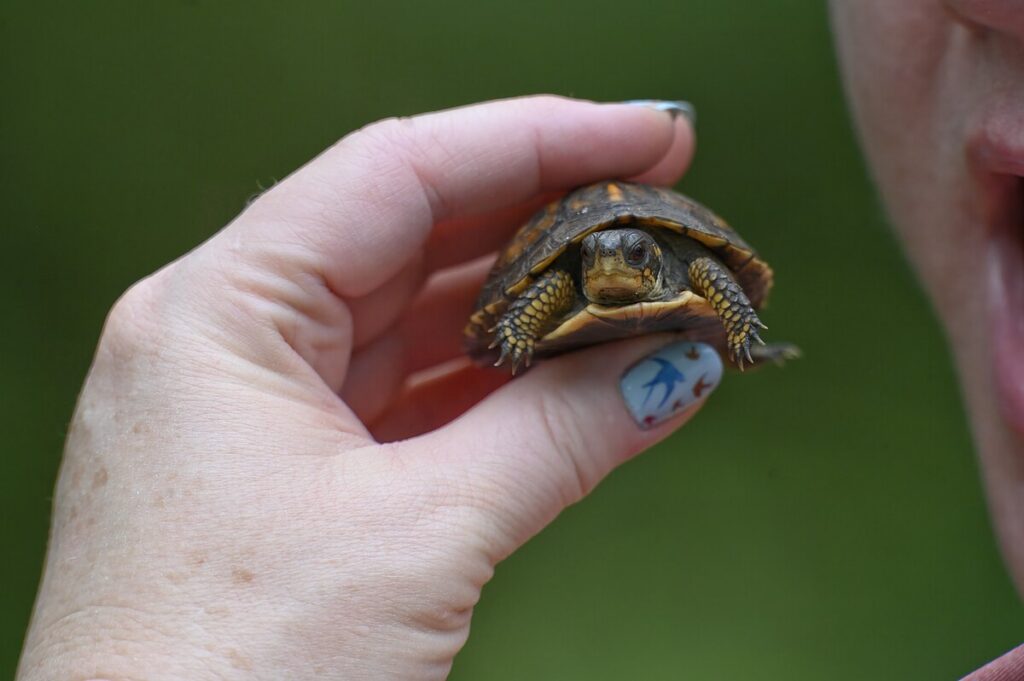
Aquatic turtles require substantially larger habitats than many new owners anticipate, with the general rule being 10 gallons of water per inch of shell length at minimum. For example, a typical adult Red-eared Slider reaching 10-12 inches would need a tank of at least 100-120 gallons—dimensions that often surprise unprepared owners. Terrestrial turtles need spacious enclosures as well, though they’re typically measured in square footage rather than gallons.
A single medium-sized tortoise typically requires at least 4 square feet of floor space, with larger species needing considerably more room to roam. Both types need more space as they grow, making it essential to plan for your turtle’s adult size rather than its current dimensions when setting up a habitat.
Water Quality and Filtration
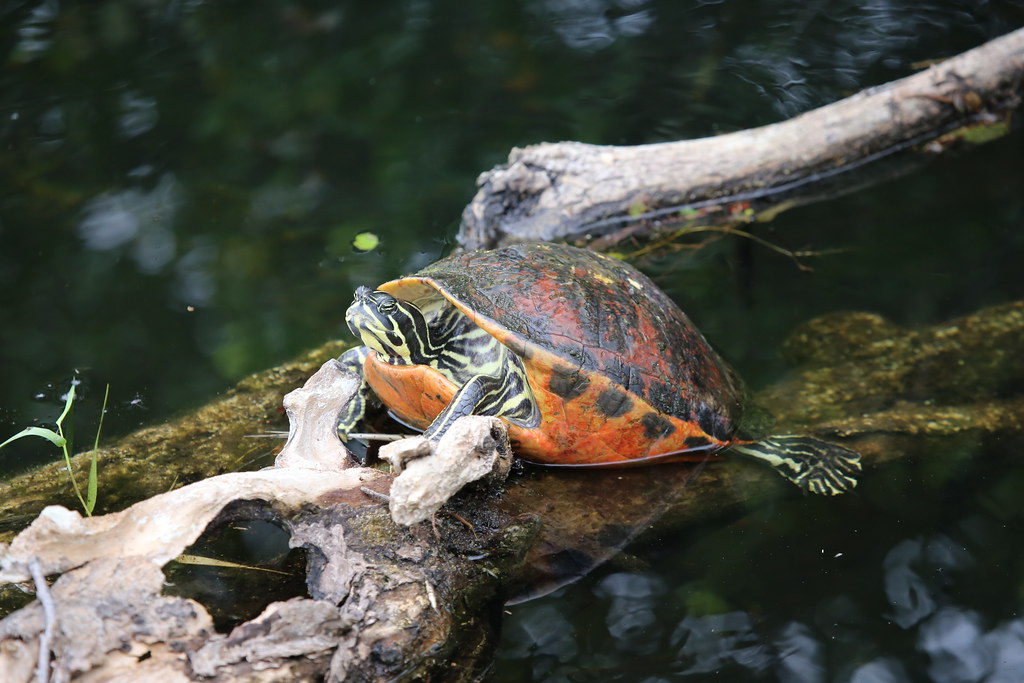
Maintaining pristine water conditions represents one of the most challenging aspects of aquatic turtle care. These creatures are messy eaters and produce significant waste, requiring powerful filtration systems rated for at least two to three times the actual water volume. Canister filters typically offer the best combination of mechanical, biological, and chemical filtration for turtle tanks, though they require regular maintenance.
Water changes of 25-50% should occur weekly, with complete water changes and tank cleaning monthly. Terrestrial turtles, while not requiring swimming water, still need clean drinking water changed daily and occasional soaking baths (depending on species) to maintain hydration and shell health.
Temperature and Lighting Requirements
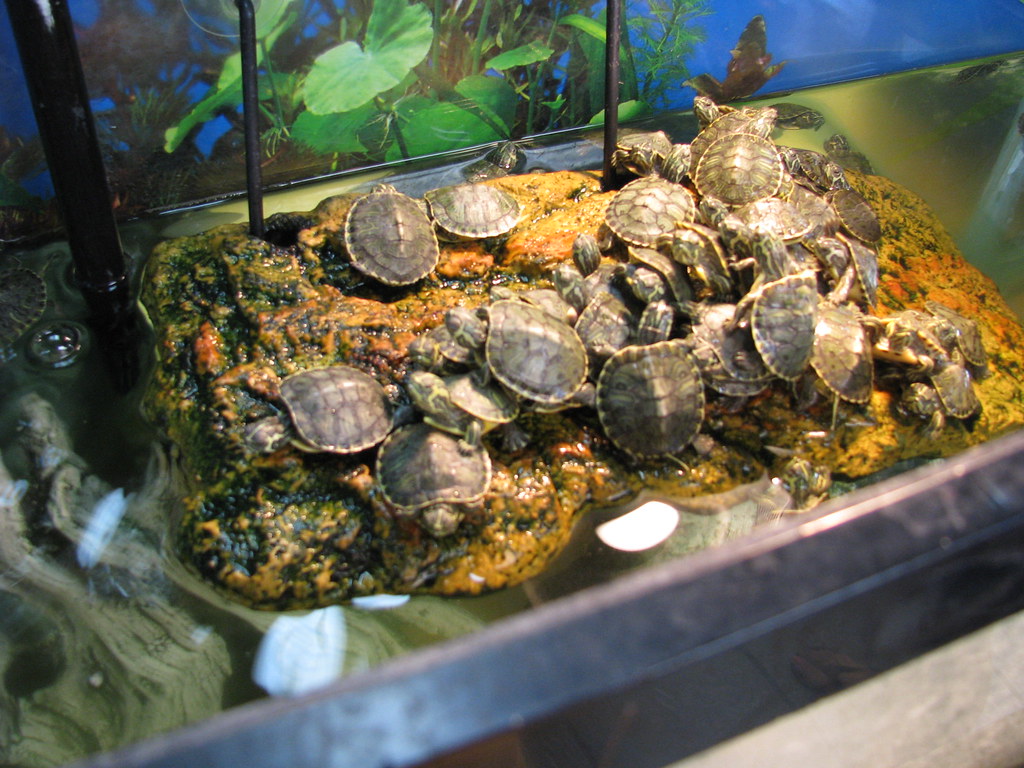
Both aquatic and terrestrial turtles require careful temperature regulation, but their specific needs differ significantly. Aquatic turtles typically need water temperatures between 75-80°F, with basking areas reaching 90-95°F to facilitate proper digestion and immune function. Terrestrial species generally thrive in ambient temperatures of 70-85°F with basking spots reaching 95-100°F, though specific requirements vary by species.
Both types require UVB lighting, which is essential for vitamin D3 synthesis and calcium metabolism—without it, turtles develop metabolic bone disease, a painful and potentially fatal condition. Quality UVB bulbs should be replaced every 6-12 months, even if they still emit visible light, as their UVB output diminishes over time.
Substrate Choices and Considerations
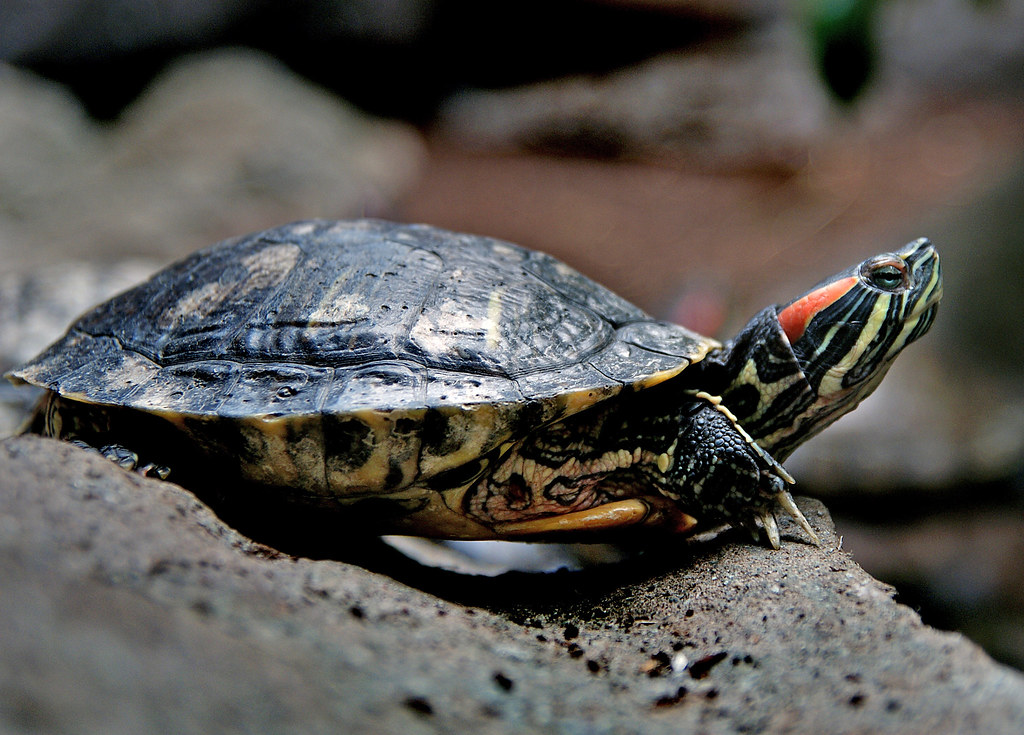
Substrate selection differs dramatically between aquatic and terrestrial habitats. For aquatic turtles, the safest options include large river rocks (too large to swallow), bare-bottom tanks, or specially designed reptile gravel. Sand and small gravel should be avoided as they can cause impaction if ingested during feeding. Terrestrial turtles thrive on substrates that allow for natural digging behaviors, with options including coconut coir, cypress mulch, or specialized tortoise bedding at a depth of at least 3-4 inches.
Some species, particularly desert tortoises, benefit from a sand-soil mixture that mimics their natural habitat. Regardless of species, all substrates require regular spot cleaning and complete replacement periodically to prevent bacterial growth and maintain hygiene.
Dietary Requirements and Feeding Practices
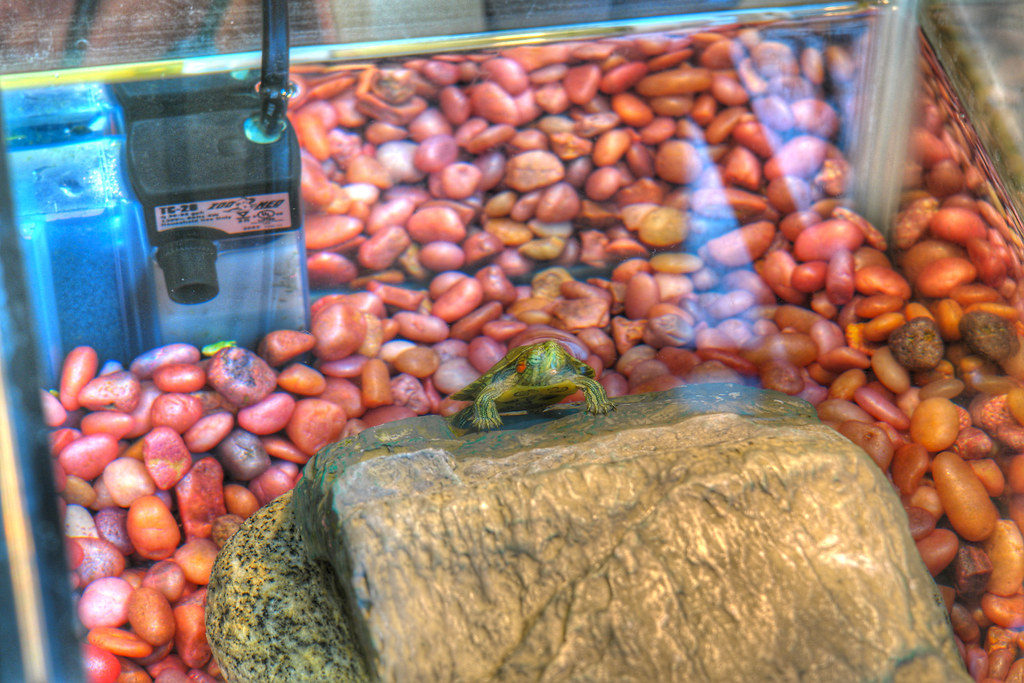
The dietary needs of aquatic and terrestrial turtles diverge significantly as they mature. Juvenile aquatic turtles start with a primarily carnivorous diet, consuming commercial turtle pellets, feeder fish, and insects, gradually incorporating more plant matter as they age. Adult aquatic turtles typically thrive on a diet that’s approximately 50% animal protein and 50% vegetation. Terrestrial turtles, especially tortoises, require a predominantly herbivorous diet consisting of leafy greens, vegetables, and appropriate grasses, with most species needing less than 10% protein in their diet. Excessive protein can cause shell deformities and kidney problems in tortoises, making proper diet composition critical for long-term health.
Basking Areas and UVB Exposure
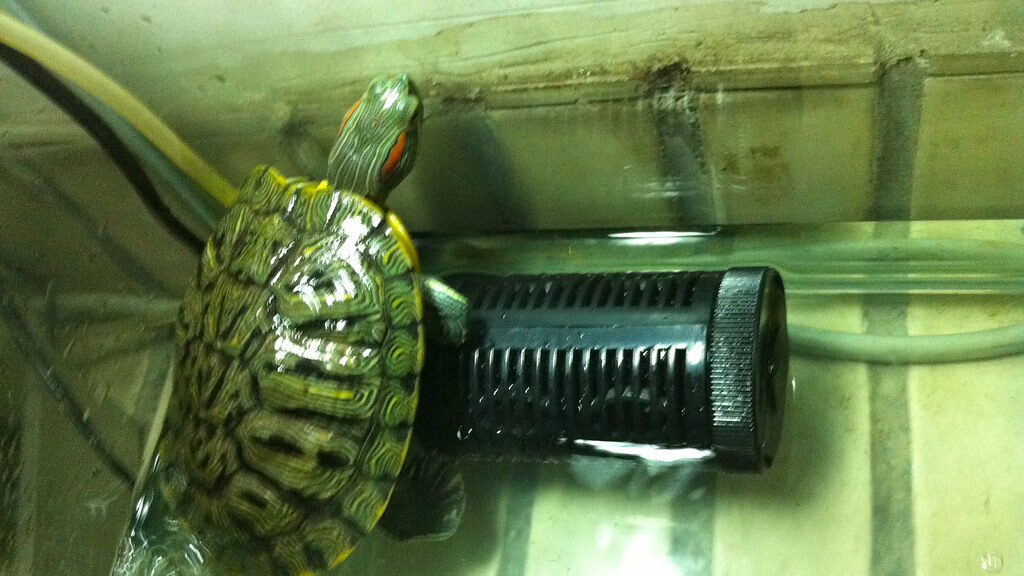
Creating effective basking areas differs substantially between aquatic and terrestrial setups. Aquatic turtles need platforms or “turtle docks” that allow them to completely exit the water and dry off while remaining under heat and UVB lamps. These areas should be sturdy enough to support the turtle’s full weight and large enough for complete stretching. Terrestrial turtles benefit from basking spots created using flat rocks or slate positioned under heat lamps, allowing them to warm their shells effectively.
For both types, the basking area should create a temperature gradient that lets the turtle regulate its body temperature by moving between warmer and cooler zones. UVB exposure is crucial for both groups, requiring bulbs placed at manufacturer-recommended distances to prevent eye damage while ensuring sufficient vitamin D synthesis.
Humidity Control and Seasonal Considerations

Humidity requirements represent another significant difference in turtle care. Aquatic turtles naturally maintain proper hydration through their water environment, though their basking areas should be allowed to dry completely to prevent shell rot. Terrestrial species have more specific humidity needs based on their native habitat—desert species like Russian Tortoises prefer 40-50% humidity, while tropical species such as Red-footed Tortoises require 60-80% humidity.
Improper humidity levels can lead to respiratory infections, shell problems, and dehydration. Seasonal adjustments may also be necessary, particularly for species that naturally experience brumation (a reptile form of hibernation) in the wild, though this should only be attempted with healthy adult specimens under experienced guidance.
Common Health Issues and Prevention
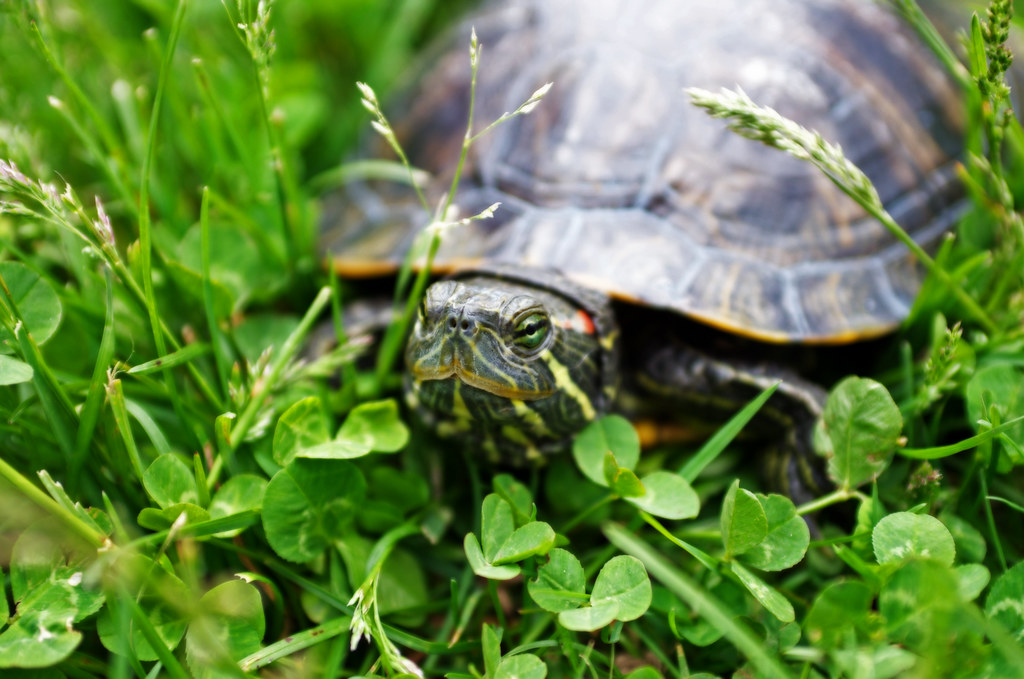
While both turtle types can experience similar health problems, certain conditions are more prevalent in each group. Aquatic turtles commonly develop shell rot, eye infections, and vitamin A deficiency, often resulting from poor water quality or inadequate diet. Regular water changes, proper filtration, and balanced nutrition can prevent most of these issues. Terrestrial turtles frequently suffer from pyramiding (abnormal shell growth), respiratory infections, and impaction from inappropriate substrates. These conditions can typically be prevented through proper humidity levels, correct temperatures, and suitable diets high in calcium and fiber. For both types, regular veterinary check-ups with an experienced reptile veterinarian are essential, as turtles often hide illness until conditions become severe.
Handling and Socialization Differences
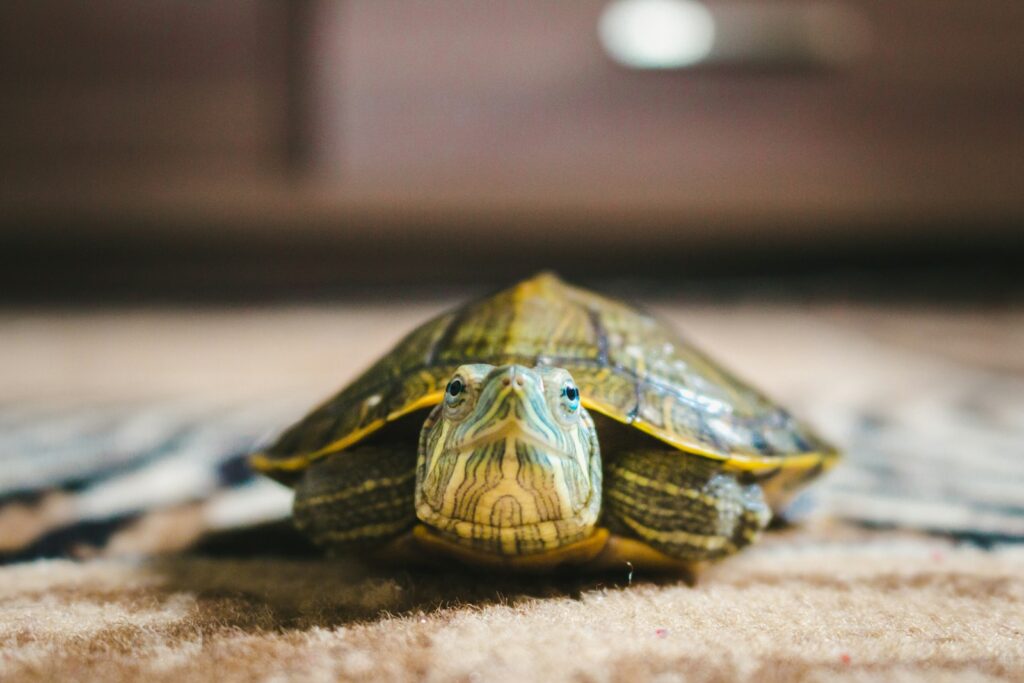
Handling practices differ significantly between aquatic and terrestrial turtles. Aquatic turtles generally tolerate less handling, often becoming stressed when removed from water for extended periods. When necessary, support their full body, particularly the plastron (bottom shell), and limit handling sessions to brief periods. Terrestrial turtles typically acclimate better to careful handling and may even recognize their caretakers over time.
However, all turtles should be approached from behind rather than above (which mimics predator approach) and handled gently with clean hands to prevent salmonella transmission. Neither type should be considered cuddly pets, though both can become accustomed to routine interactions, particularly around feeding time.
Habitat Enrichment and Environmental Stimulation
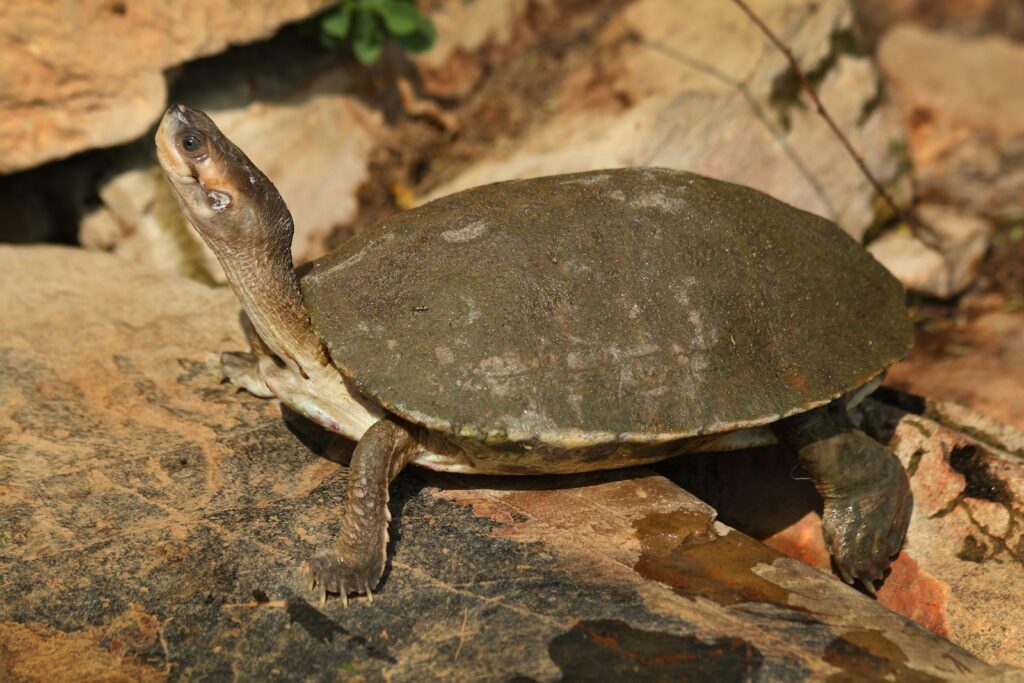
Enrichment needs vary based on turtle type but remain essential for psychological health. Aquatic turtles benefit from varied tank decorations, floating objects, plant cover (artificial or real), and occasional novel food items that stimulate natural hunting behaviors. Properly secured logs, rocks, and plants create a more naturalistic environment while providing hiding places that reduce stress.
Terrestrial turtles thrive with diverse terrain including hills, tunnels, and different substrate textures that encourage natural digging and exploration. Both types benefit from occasional supervised time outside their primary enclosure in safe, controlled environments—a kiddie pool for aquatic species or a secure garden enclosure for terrestrial ones—providing mental stimulation and exercise opportunities.
Cost Considerations and Long-term Commitment
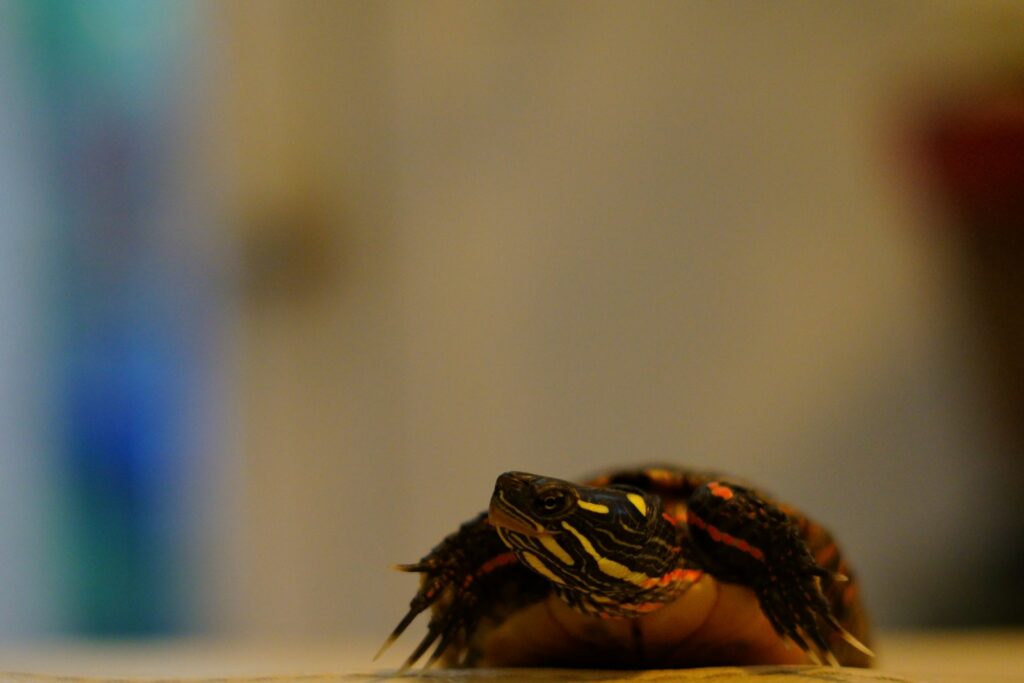
The financial commitment differs significantly between aquatic and terrestrial turtle care. Aquatic setups typically require higher initial investment due to expensive filtration systems, larger tanks, and water-quality management equipment, with ongoing costs for filter media, water conditioners, and electricity. A proper initial setup for an aquatic turtle often exceeds $500-700, not including the animal itself.
Terrestrial habitats may have lower initial costs but can require expensive specialized lighting and heating equipment, particularly for tropical species. Both types represent significant long-term commitments, with many species living 20-50+ years with proper care. This longevity requires planning for decades of care, including provisions in case of owner illness or other life changes.
Species Selection for Beginners
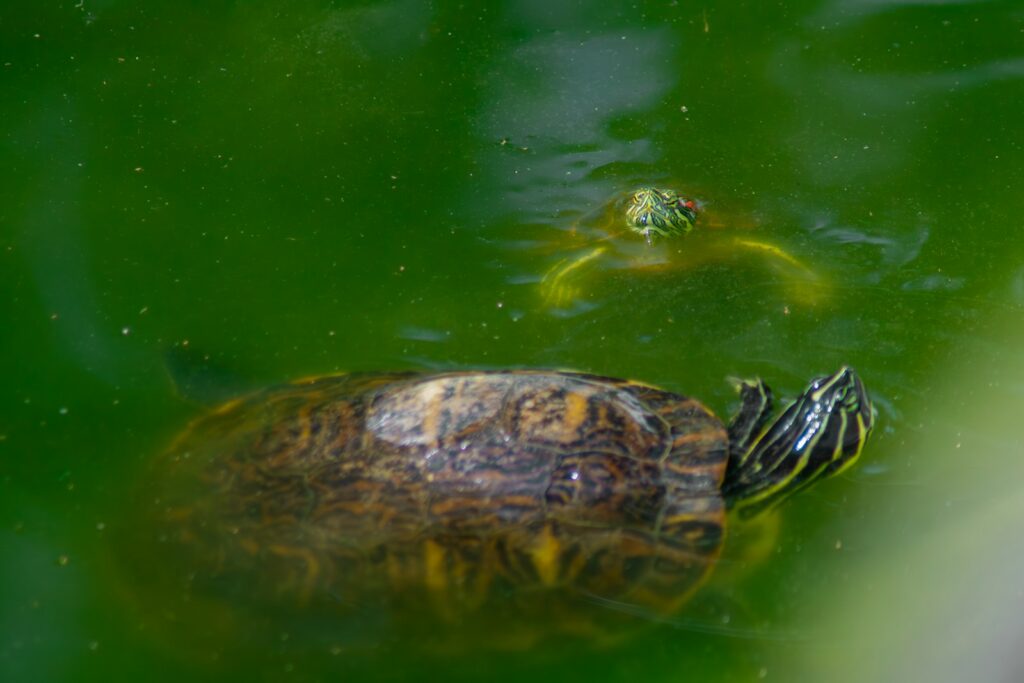
For novice turtle keepers, certain species prove more forgiving of minor care mistakes. Among aquatic turtles, Painted Turtles and Musk Turtles (Stinkpots) make excellent first choices due to their smaller adult size, hardiness, and relatively straightforward care requirements. These species reach more manageable sizes of 4-6 inches, requiring smaller habitats than the popular but challenging Red-eared Sliders.
For terrestrial beginners, Russian Tortoises and Greek Tortoises are widely recommended for their adaptability, moderate size (rarely exceeding 8-10 inches), and relatively simple dietary needs. Avoiding species with highly specialized requirements or those that grow extremely large (like Sulcata Tortoises) prevents the unfortunately common scenario of overwhelmed owners and surrendered pets.
Choosing between an aquatic or terrestrial turtle represents a significant decision that shapes years of care requirements. Each type offers unique rewards and challenges, from the graceful swimming of aquatic species to the charming, deliberate movements of tortoises.
Understanding these differences before bringing a shelled companion home ensures you can provide the specialized care these remarkable reptiles require throughout their long lives. With proper research, preparation, and commitment to species-appropriate care, either type can thrive under human stewardship, offering decades of fascination and the satisfaction of meeting the unique needs of these ancient creatures.

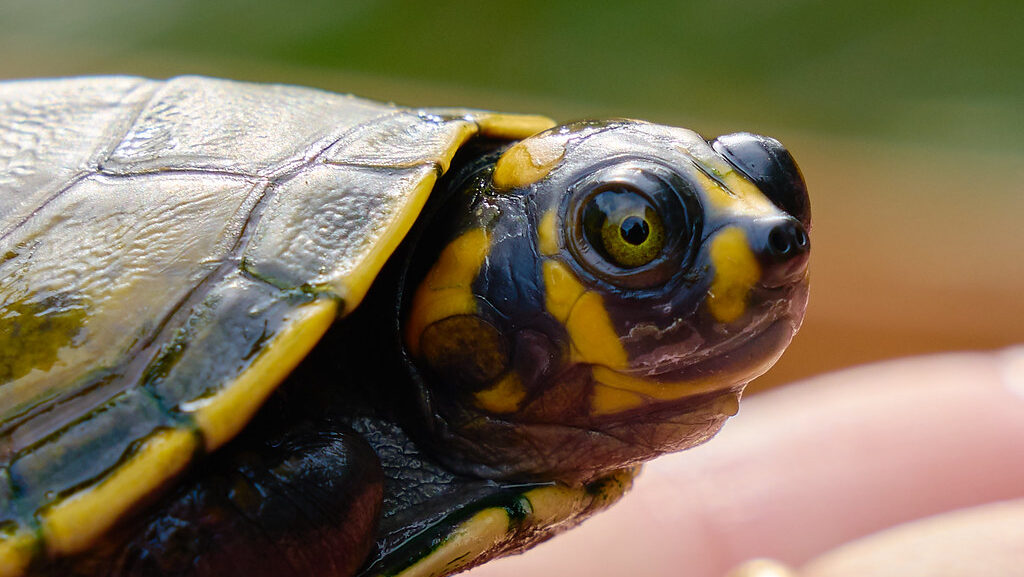
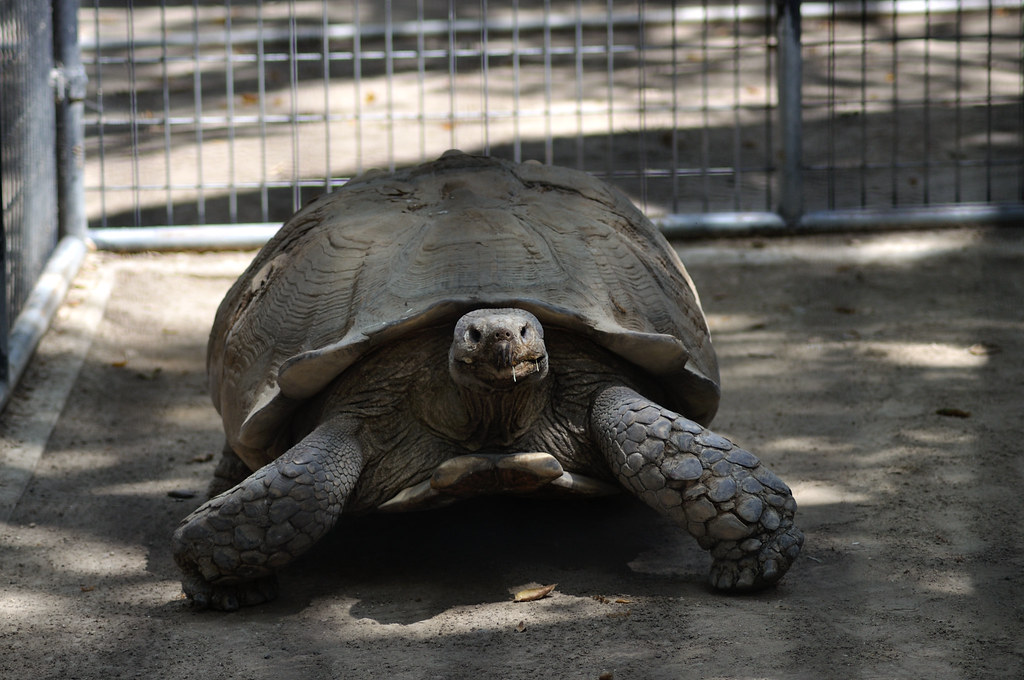
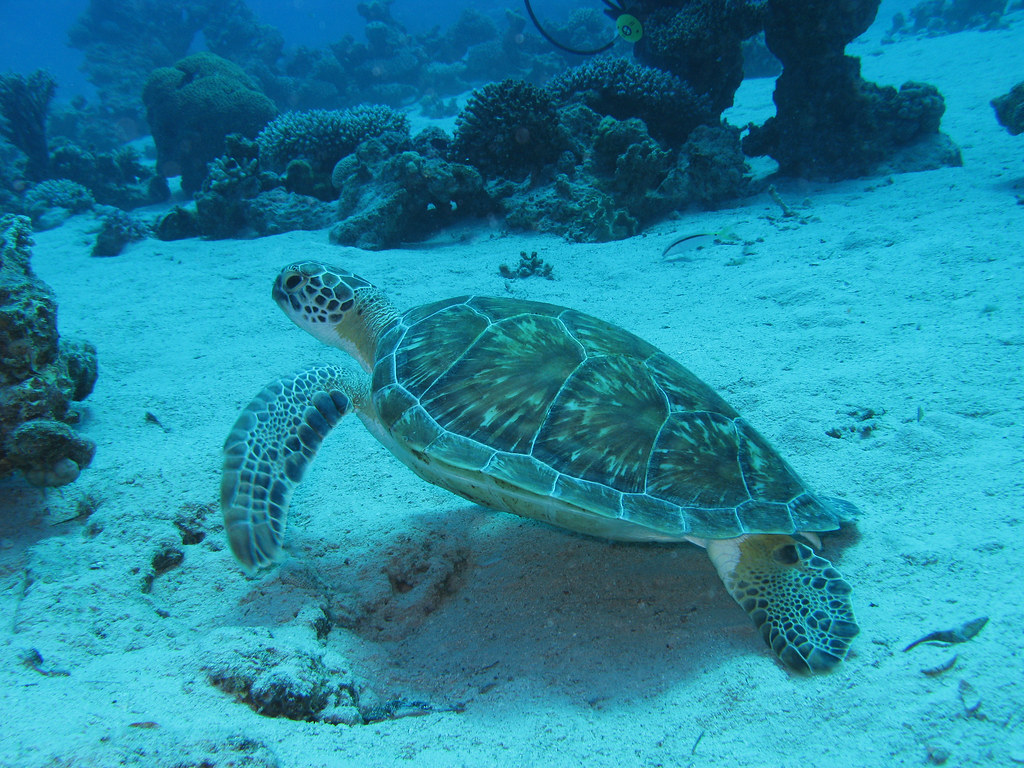
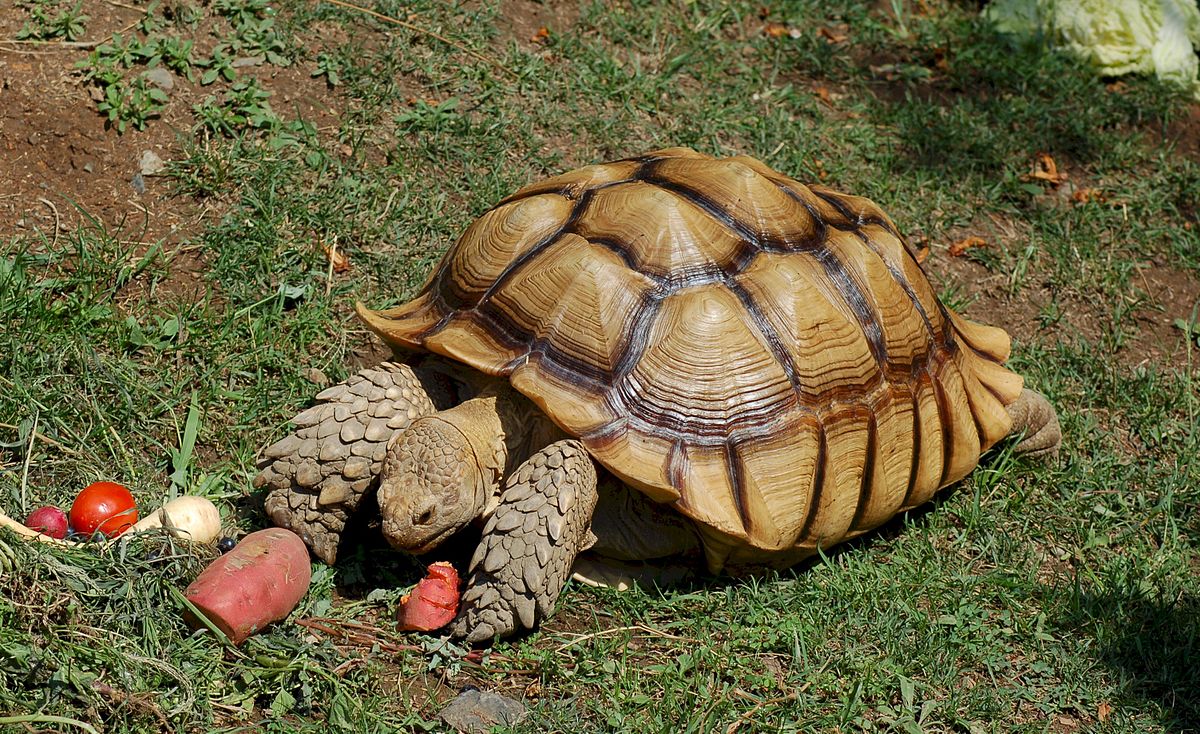
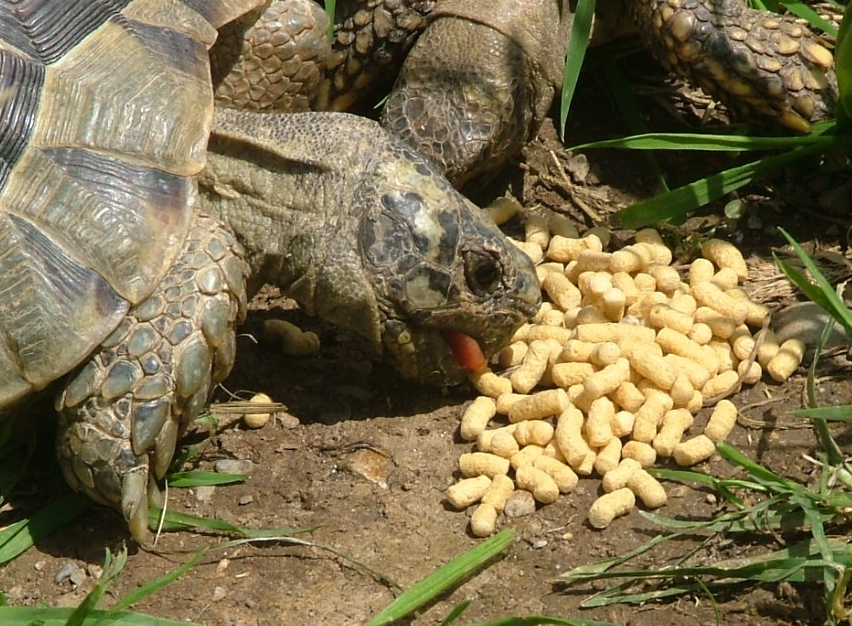



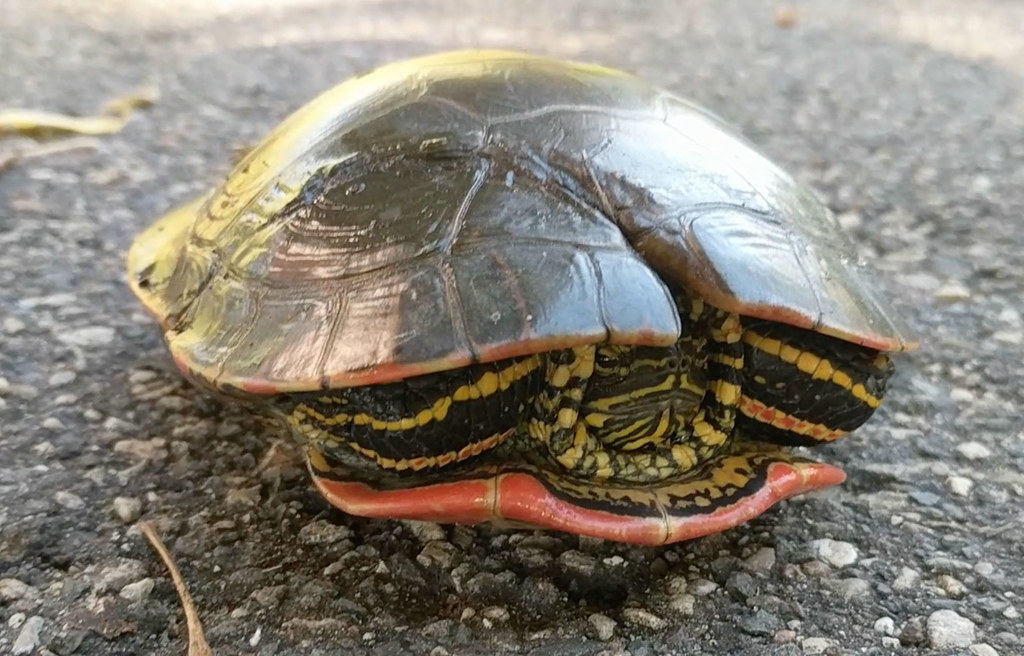
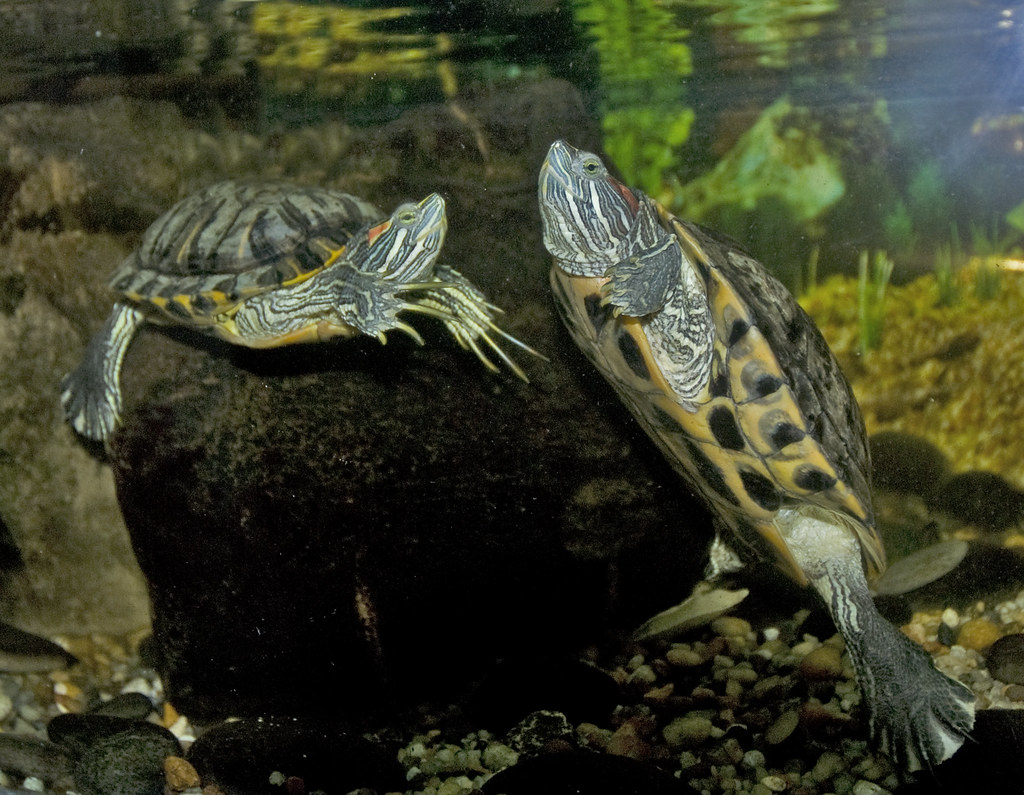
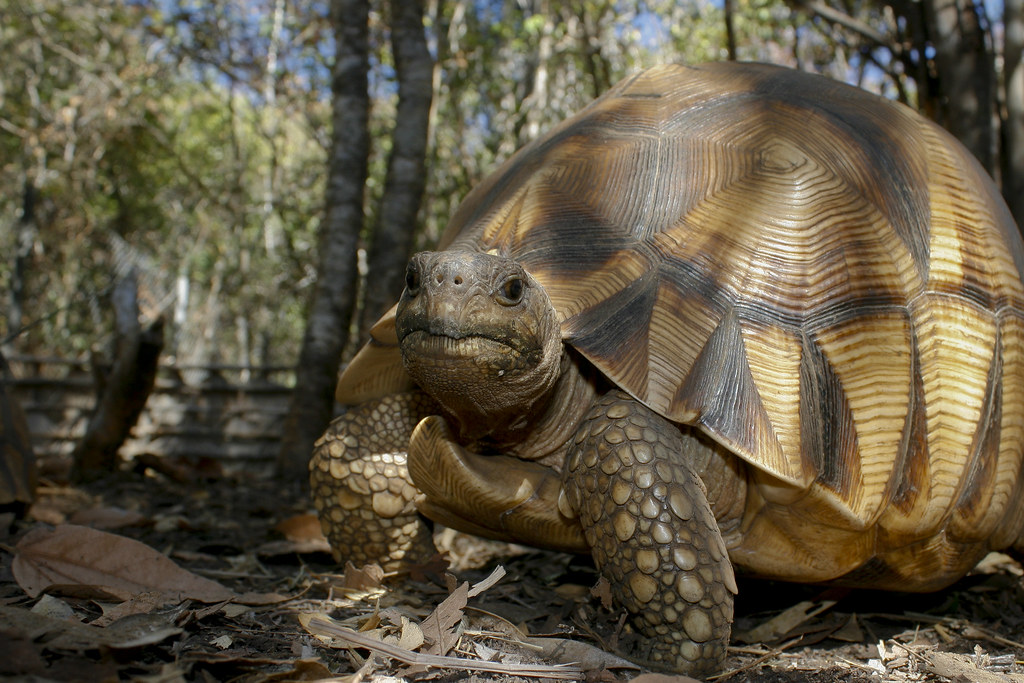




Leave a Reply